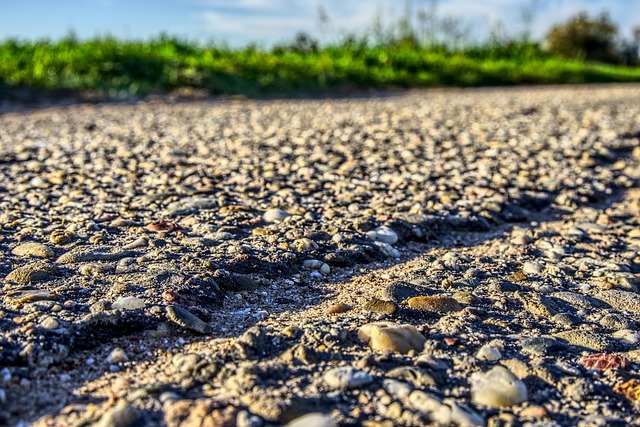The growing intensity of climate change has sparked awareness around sustainability practices, one of which is greywater utilization. As changing weather patterns increase the risks of droughts and floods, harnessing greywater becomes not just beneficial but essential for environmental resilience.
Greywater, defined as the wastewater generated from sinks, showers, and washing machines (excluding toilet waste), presents a valuable resource that many overlook. By filtering and reusing this water for irrigation, landscape maintenance, and even toilet flushing, we can significantly reduce our reliance on freshwater sources. This is particularly pertinent in regions experiencing extreme drought or water scarcity due to unpredictable climate patterns.
The benefits of greywater utilization extend beyond just water conservation. Implementing greywater reuse systems can alleviate the pressure on wastewater treatment facilities, reducing energy consumption associated with pumping and treating excess water. Moreover, utilizing greywater helps to decrease the volume of stormwater runoff, thereby mitigating flooding risks in urban areas prone to heavy rainfall.
Building awareness around the importance of greywater reuse also plays a critical role in changing public perceptions about water use. Education is key. Many people are unaware that water from their daily activities can be reclaimed and repurposed. By sharing knowledge and encouraging the implementation of greywater systems, we can create a culture of sustainability that is more engaging and impactful.
However, for widespread adoption of greywater utilization, appropriate policies and guidelines must be in place to ensure safety and public health. These policies should focus on constructing greywater systems that meet health standards while still being accessible and economically feasible for households and businesses alike.
Moreover, integrating greywater reuse into urban planning can lead to innovative designs that promote sustainability. Rain gardens, bioswales, and permeable pavements are excellent examples of how landscapes can be designed to maximize water infiltration and recycling, thus fostering resilience against climate change impacts.
In light of escalating environmental challenges, adopting greywater utilization is a proactive step toward combating the pressing issues of climate change. Individuals, communities, and policymakers must come together to create actionable plans that prioritize water efficiency and sustainable practices. By taking ownership of our water resources, we not only contribute to a healthier environment but also set a precedent for future generations to follow.
Ultimately, maximized greywater utilization is not just a technological solution; it embodies a shift in mindset towards recognizing the interconnectedness of our water resources, climate, and environment. Embracing this approach paves the way toward a more sustainable and resilient future for our planet.




